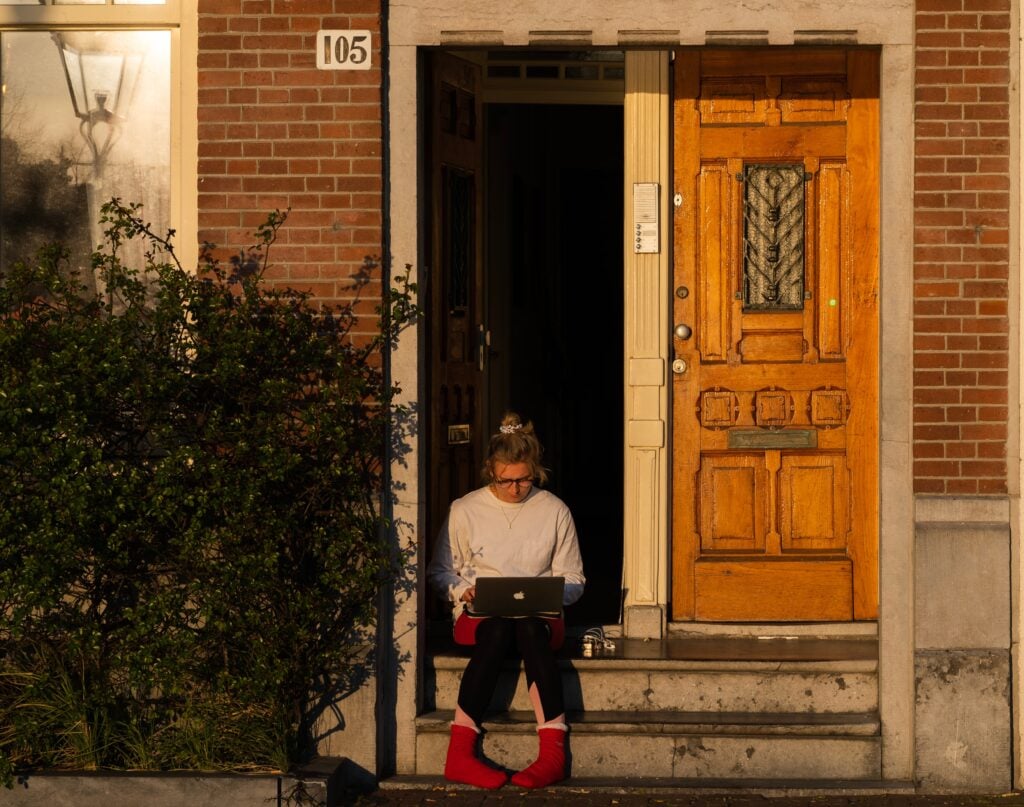An update from ABC News today – Covid favours men!
The Treasurer admitted in July that women have borne the brunt of Covid-19 as their jobs disappeared at a faster rate than did men’s – 8.1% vs. 6.2% for men. Was he proposing to fix that problem? Heck no.
Occupations and industries that are predominantly female have forever been low paid – think childcare, nursing, aged care, retail and hospitality – and many of these jobs have either disappeared with lockdowns or they are at the risky frontline of fighting the virus.
Family caring obligations have always predisposed women to work in casual and part time jobs and these were the first to go. The jobs deemed essential were, you guessed it, dominated by men – construction, engineering, transport, infrastructure, and all handsomely funded by Covid recovery
Other businesses might scrape through but with a skeleton staff which probably included the bosses, most of whom are men.
Casual workers were refused JobKeeper – a real act of bastardry against women if ever there was one. Was it deliberate or was it just that, being men, the PM and the Treasurer weren’t thinking about how it would disproportionately affect women? Sure, there was probably no time for a gender impact statement but women could doubtless have pointed out the consequences.
But that’s not all they’ve lost.
Six plus months so far out of work means superannuation payments not made so women will fall even further behind men – currently 47% lower – in superannuation balances. The AMP says women have withdrawn slightly more than their counterparts in super savings and 14% of women cleared out their entire super savings whereas 12% of men did so. Did they withdraw out of desperation and spend the money on rent and food and shoes for the kids? Who knows?

We do know that men are not stepping up during lockdown to do more to help around the house or do home schooling so for many women, working from home with children under 12 is almost impossible.
Professor Lyn Craig at the University of Melbourne is studying this and early signs are that social isolation and school closures have added six hours every day to the workloads of parents – four of them being done by women, two by their male partners.
Thanks to an expensive childcare system, Australia has a very high rate of women working part time – the fourth highest rate in the OECD.
On top of that the free childcare ended in July. In still-locked-down Melbourne childcare is only available to the small number of permitted workers. Top up payments are being made to centres in the hope that they will hang onto places for the rest but the deal is complicated.
The great dread for women is the evidence that their sisters, locked up at home with an abusive, controlling man 24 hours a day, will be at breaking point and unable to get help.
The Australian Institute of Criminology research found that one in ten women in a relationship said they experienced intimate partner violence during the pandemic and that it had increased in severity.
The results of this survey are alarming. The women we surveyed have experienced very high rates of physical, sexual and emotional abuse during the initial stages of the COVID-19 pandemic in Australia, and many have been unable to seek help,”
AIC Deputy Director Dr Rick Brown
First-time reports are also up. 1800 RESPECT has received more calls particularly late at night. It’s very worrying.
Finally, Australia’s Chief Scientist, Dr Alan Finkel says the hard-won gains made by women in science, technology, engineering, and maths are at risk. The female STEM workforce has higher proportions on short term contracts and casual work than men and there are fears that post-Covid, cuts will be made to research and equity programs.
Evidence is still being gathered on the effects of the COVID-19 pandemic on women in the STEM workforce. There are early signs it will result in greater disadvantage for women than men in this sector.
The pandemic has shut down research facilities, laboratories, and other STEM workplaces – profoundly disrupting work patterns for researchers and practitioners in STEM. Further, parents of young children have been juggling STEM jobs from home while supervising education and care. The disruption is likely to be more severe for women than men, given their greater share of caring responsibilities and domestic work. The pandemic appears to be compounding pre-existing gender disparity; women are under-represented across the STEM workforce, and weighted in roles that are typically less senior and less secure. Job loss at a greater rate than for men is now an immediate threat for many women in Australia’s STEM workforce, potentially reversing equity gains of recent years.
Dr Alan Finkel

